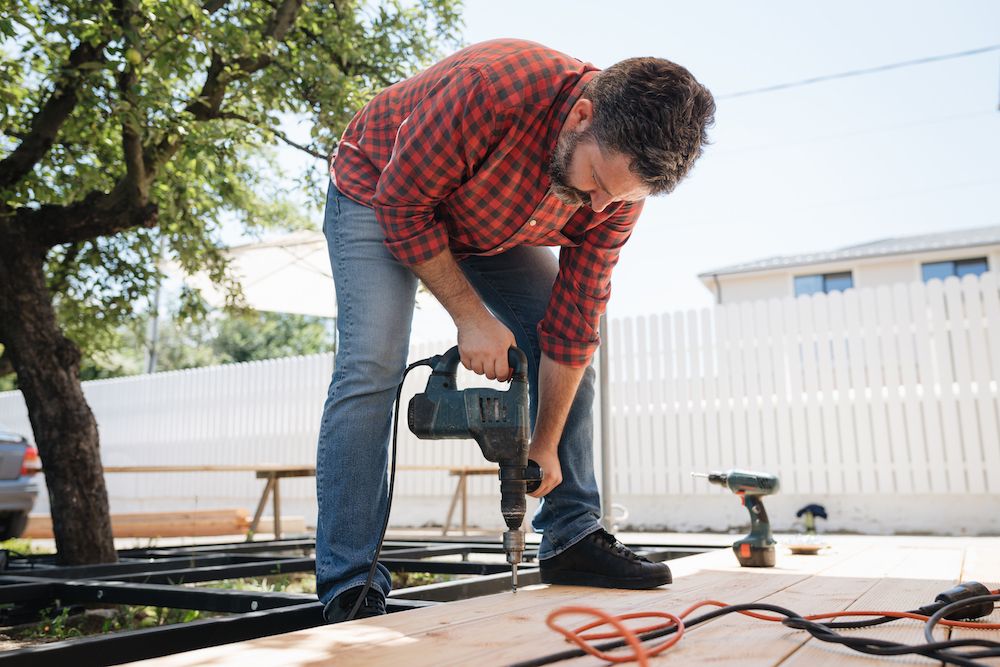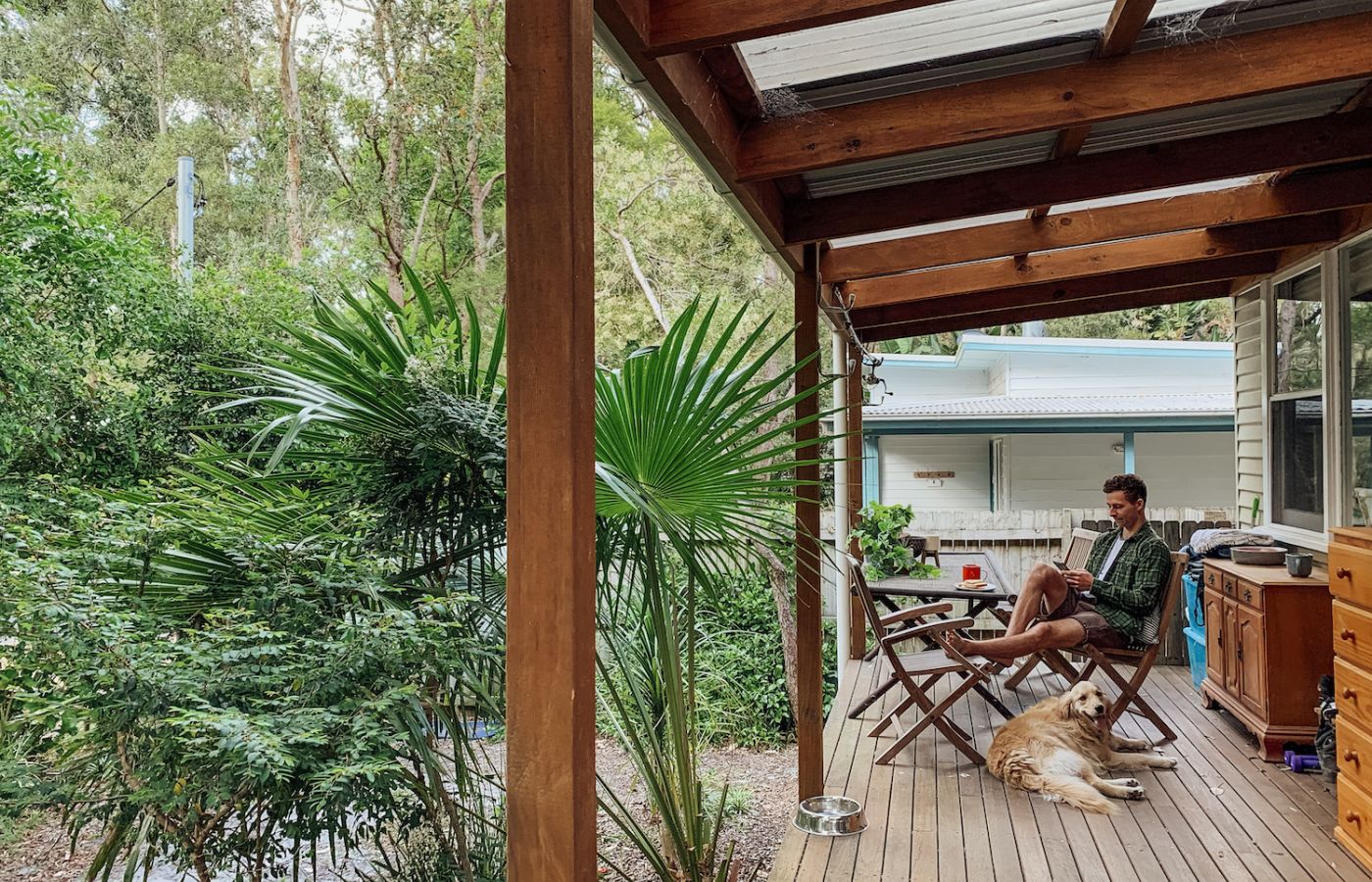We love our decks. But if they're not built correctly, they can quickly come under attack from termites. Worse still, they can provide a hidden highway to enter your house, causing damage without being noticed!
So if you're thinking about building a deck yourself, there are a few things to take into account to make sure you build a termite-smart deck.
(To be honest, even if you're using a builder to build the deck for you, you should still read on, as many builders don't know the risks or regulations around building a deck!).
Use termite-resistant timber
The first thing to remember is that "termite resistant" does not mean "termite-proof" – termites will still eat it if they are hungry enough. The level of termite "resistance" will also decrease over time. It also doesn't stop the termites from using the timbers as an easy route to enter your home.
The best Australian timbers would include jarrah, ironbark and blackbutt. Merbau sourced from Asia is also suitable, but make sure it has come from a sustainable resource.
Treated pine can also be used. However, it is important to understand that the preservative treatment does not penetrate all the way through the wood, so if the timber is cut, exposing the untreated inner core, the termites can still attack the wood.
Consider the foundations
If timber supports are used for the deck, it is preferable to use metal stirrups set in concrete rather than setting the timber directly in the concrete. Termites can get through cracks in concrete to attack the timber. With metal stirrups, the termites have to crawl over the stirrups to get the timber which allows their activity to be detected.
If concrete or brick piers are being used, metal termite capping or alternative termite protection needs to be installed between the top of the pier and the timber deck.

Consider the area under the deck
In an ideal world, you would have at least a 400 mm gap between the ground level and the underside of the deck. Assuming you've left an access point, this allows enough room to crawl underneath the deck to inspect for any termite activity.
However, many decks are close to the ground. In situations such as these, it is best to leave the sides of the deck open to allow airflow underneath (termites don't like airflow / low humidity). It also allows for a partial inspection by getting down to ground level and shining a torch underneath. If there are side panels, these should be screwed in so they can be removed to allow inspection.
Consider the join to the building
Building regulations stipulate there must be at least 25 mm between the edge of the building and any adjoining structure. This allows the edge of the building to be inspected during a termite inspection to check termites are not accessing the house. Better still, align decking timbers parallel to the house's edge and use screws to fix the decking timbers immediately adjacent to the building. This means they can easily be removed for access if required.
Consider these tips at the planning stage, whether you are building the deck yourself or using a builder or landscaper. Don't think by using termite "resistant" timber alone that "She'll be alright". Over the years, we've seen plenty of damage to decks, but more of a concern is that termites use the decks as a route to enter the house without being noticed.
With these tips, you should be able to build a termite smart deck that can be enjoyed for years without putting your home at risk. Of course, regular annual termite inspections are a must too!

